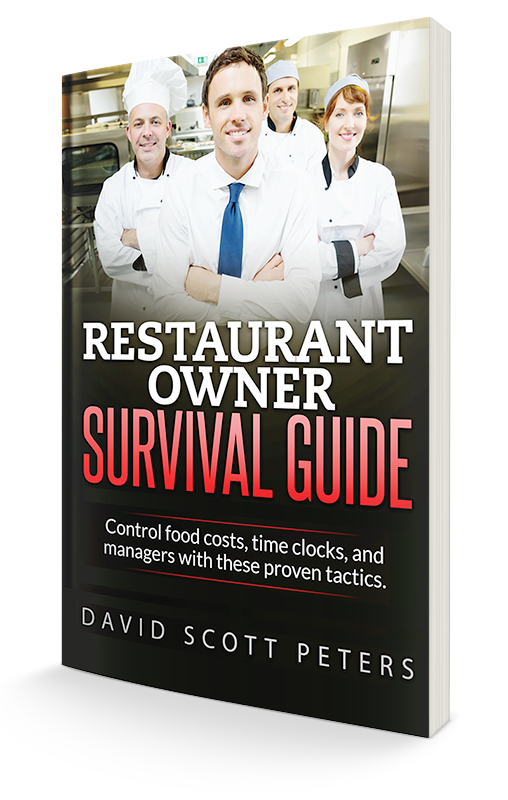How to increase profit margins with a waste sheet
When food costs rise, profit margins sink and restaurant owners must take action. Last week, I outlined one of two simple tools you can use to lower your food costs, the key item report. This week, I’m covering the waste sheet.
The waste sheet tracks waste in the kitchen.
When an ingredient or item is double ordered, over cooked, spoils or just can’t be used any longer for any reason, it MUST be recorded on the waste sheet. Use a new form each day.
To set up your form, create the following columns:
- Time
- Item/Description
- Amt/Qty/Wt
- Reason for Waste
- Employee Initials
Referring to the waste sheet, write in the time the product was wasted in the Time column. Write a description of the item wasted in the Item/Description column, such as an order of chicken wings or milk. Write in the amount, quantity or weight of what was wasted in the Amt/Qty/Wt column, such as 12, 1 pound or 3 gallons.
The next step, which is probably the most important, is to write in the reason for the waste. This will be huge to help identify operational problems that can be corrected with tracking. For example, if the list shows a three gallon loss of milk and the reach-in cooler is out of temp., it’s a worthy investment to fix the cooler. Or maybe it’s Sally the new server that double orders product, and needs more training. The waste sheet provides actionable solutions.
To finish the form, the employee writing in the waste will mark their initials.
This form needs to be used right away. As soon as it is wasted, write it in. I know what you are saying to yourself, “Right! On a Friday night when we are kicking out 300 covers, I’m going to stop everything so we can write that down.”
While I wish the answer to that question was yes, I know the reality of running a restaurant is never an ideal world. So here’s what you do… just place each of the items in a clear Lexan tray when the waste happens and then at the end of the rush, go through and record each item wasted.
To make sure the waste sheet is effective, your kitchen manager or chef will value out each item wasted and initial that they did so. This figure will be very important when comparing actual and ideal food cost at the end of the period.
It’s that easy, and can be put into place in the next five minutes. Read this post to learn how to use the key item report and the waste sheet together. See you then!
If you would like to learn more about lowering your restaurant food cost with a key item report and a waste sheet, schedule a free coaching session. To learn more tips and tools for lowering food cost in your restaurant, read our free special report, Breaking Away from the Insanity: How to easily take control of your restaurant and make more money. Download it here.


